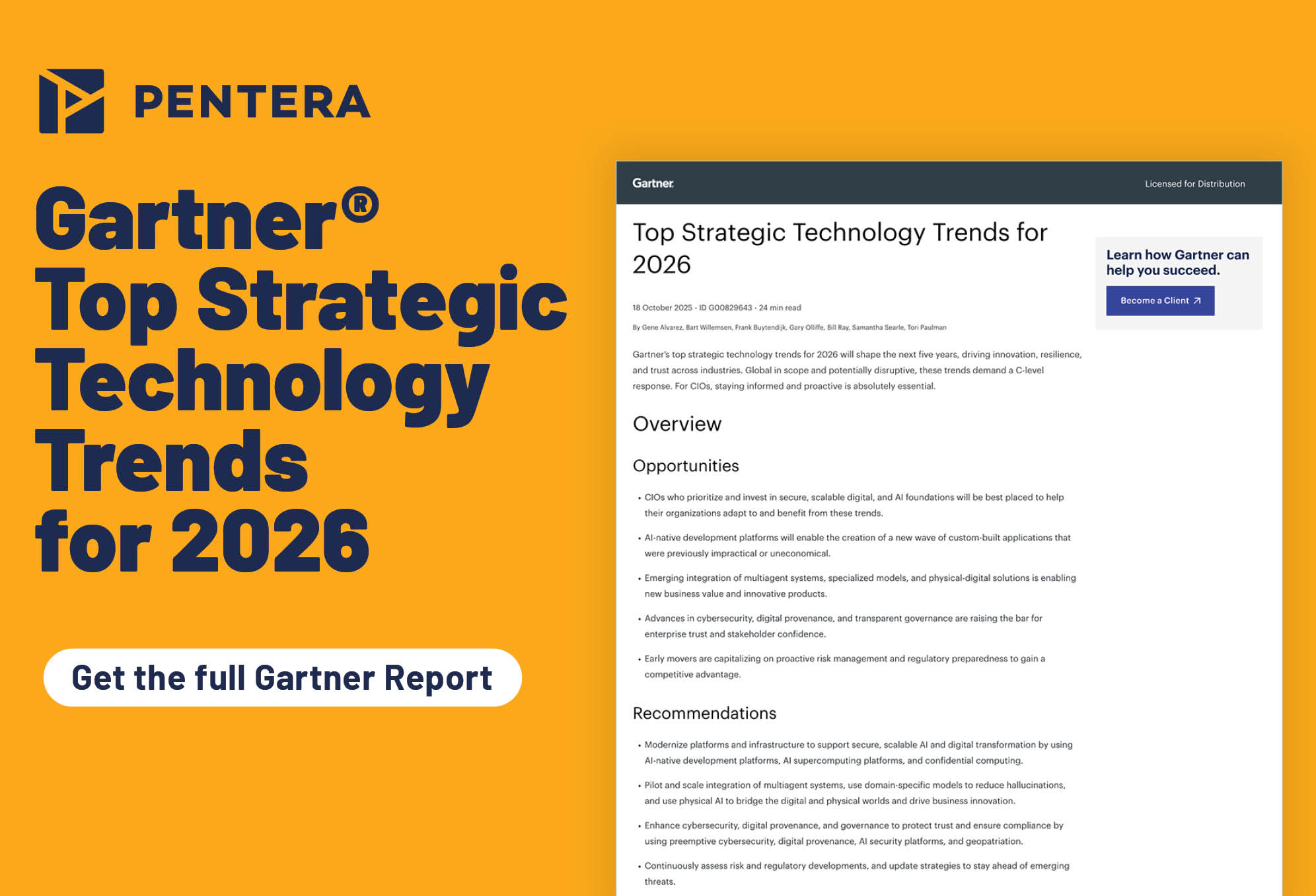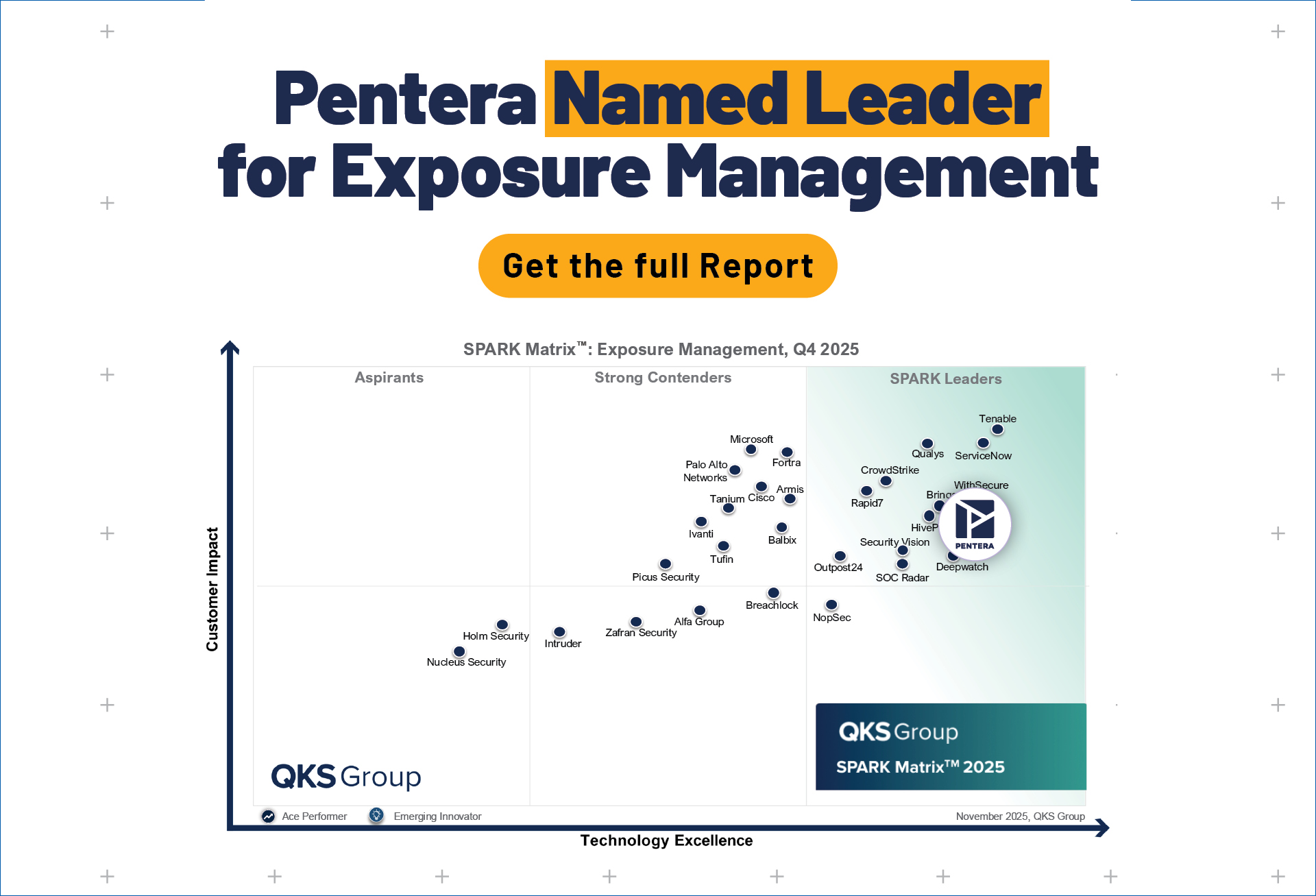Automated security: What you need to know
Automated security involves the deployment of AI-driven software for detecting, analyzing, and remediating cybersecurity threats. It enables continuous system monitoring, performing routine assessments to identify and remediate cyber exposure areas before an attack occurs.
In recent years, there have been a variety of high-profile breaches that automated security could have prevented. In the well-documented case of the Equifax data breach of 2017, for instance, an unpatched vulnerability was exploited by hackers, causing the personal information of more than 140 million people to be exposed. Had automated security tools been in place, this vulnerability would have been detected early on, prompting an automated incident response and a security patch to remediate the issue. This example illustrates the importance of automated security in protecting systems at scale.
By enabling organizations to be proactive in safeguarding their systems, automated security empowers them to strengthen their all-around security posture. With cyber threats growing ever more sophisticated and varied, automated security is an increasingly essential part of what makes an effective cybersecurity strategy.
The benefits of automating your security
Automating your security can benefit your organization in several key ways:
- Reducing business risk: By systematically scanning your systems, automated security tools enable precise identification and remediation of security gaps, thus offering more comprehensive protection and reducing business risk. Integrating Automated Security into Security Validation processes helps organizations streamline identifying vulnerabilities and ensure comprehensive defense coverage.
- Reducing third party reliance and expenses: Relying on external penetration testing firms can be highly expensive, and the downtime between assessments can make it difficult to obtain a complete understanding of your security posture. By leveraging automation, however, you can benefit from continuous monitoring while reducing costs by as much as 60%.
- Increasing team productivity: By using automation, your cybersecurity experts can outsource routine tasks and expedite time-consuming processes to become up to 5X more efficient. Additionally, this will allow them to concentrate their efforts on more strategic responsibilities that will benefit your overall security posture.
- Accelerating time-to-remediation: Automated security tools perform comprehensive scans on your systems on a continuous basis, which allows them to swiftly identify and pinpoint emerging threats. This streamlines the remediation process so that your organization can minimize its exploitable attack surface to strengthen its security posture.
Automating your security for proactive cyber defense
In an evolving cybersecurity landscape, automated security has a key role to play in an effective strategy. By automating your security, your organization can become more precise, responsive, and efficient in dealing with cyber threats, ensuring that areas of exposure are always swiftly identified and remediated. With threats becoming increasingly sophisticated and cybersecurity experts in high demand, automated security offers a viable way to maintain a proactive approach to cybersecurity at scale.
Frequently asked questions
What is continuous validation?
Continuous validation is a process whereby an organization’s systems are continuously tested and validated in order to assess the strength of their security. It is typically carried out using automated security tools, which monitor systems in real time to identify gaps in security.
Why is continuous validation important?
In modern cybersecurity, continuous validation is essential because it enables organizations to detect areas of cyber exposure before they can be exploited. This enables organizations to be proactive in remediating issues so that they can maintain maximum cyber resilience.
What are the typical components of continuous validation?
Continuous validation can involve a variety of elements that enable organizations to detect, analyze, and remediate security gaps. Typical components include automated security scans, penetration tests, red team exercises, continuous monitoring, and incident response automation.
How are vulnerabilities and weaknesses identified during continuous validation addressed?
When exploitable vulnerabilities are identified during continuous validation, they are typically addressed through systemic prioritization. With automated security tools, vulnerabilities are automatically assessed to determine the severity of their associated risks, then remediation steps are prioritized in order to minimize their potential impact.
Automate your security processes.
Streamline your security operations with automation.


